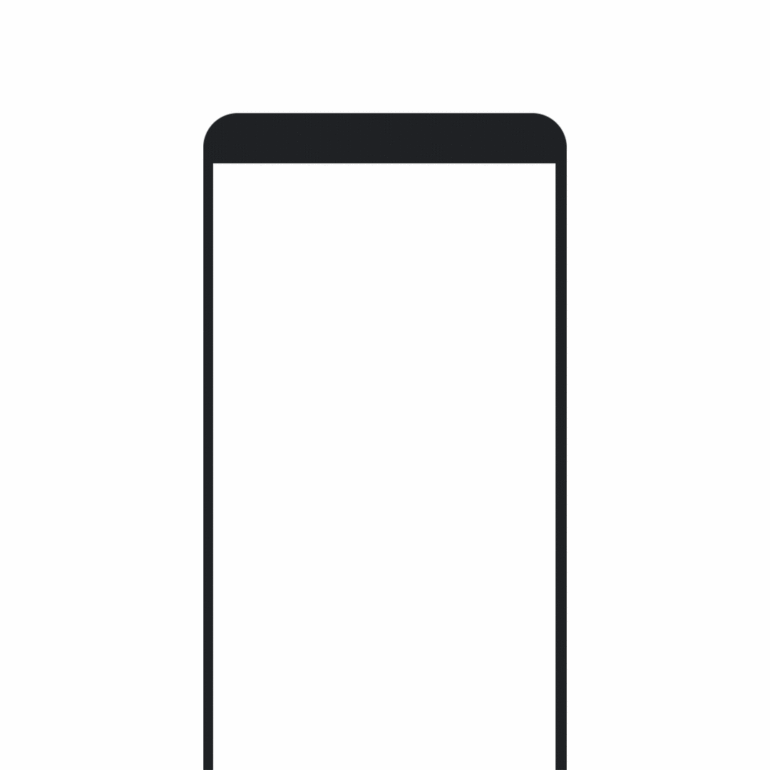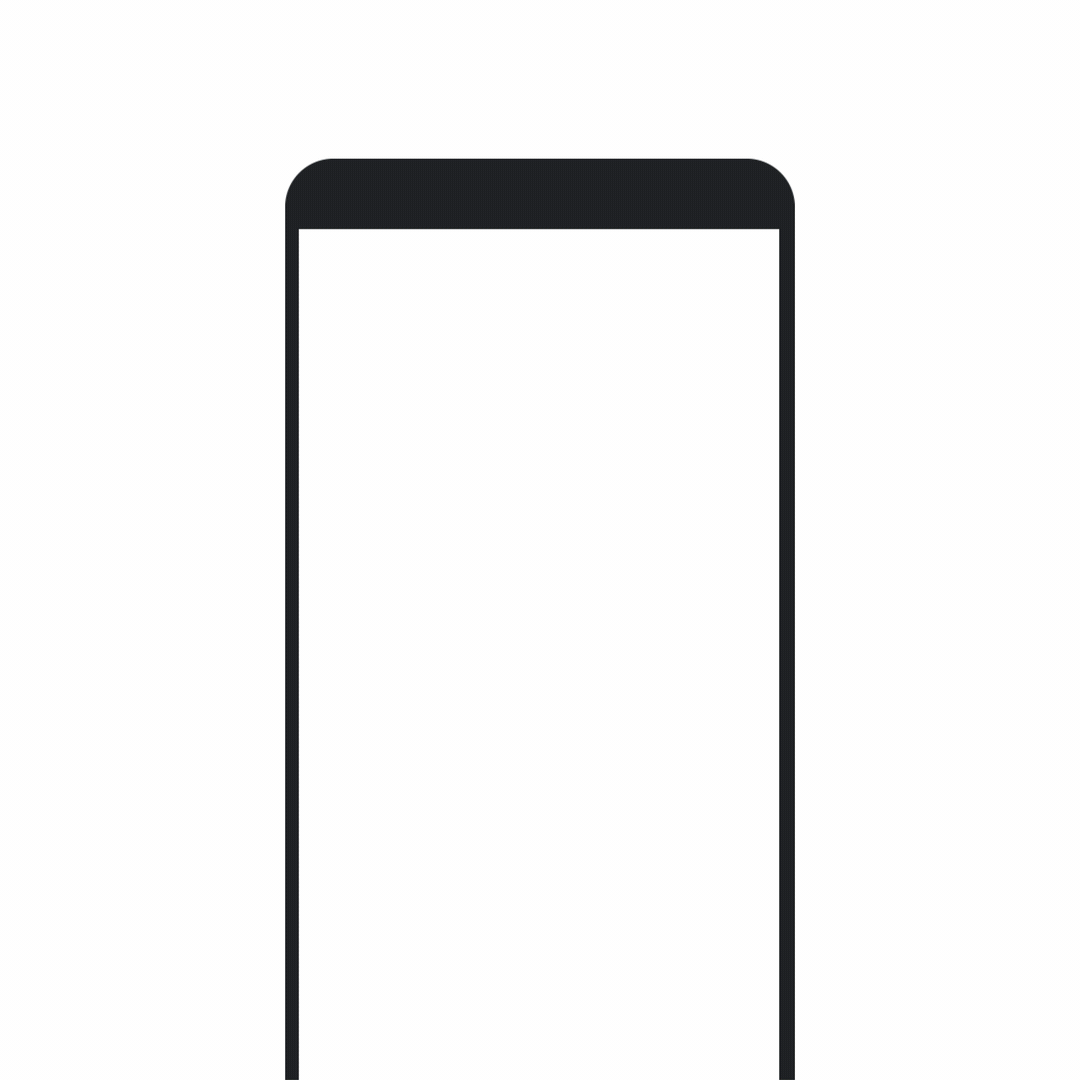After five years of offering unlimited free photo backups at “high quality,” Google Photos will start charging for storage once more than 15 gigs on the account have been used. The change will happen on June 1st, 2021, and it comes with other Google Drive policy changes like counting Google Workspace documents and spreadsheets against the same cap. Google is also introducing a new policy of deleting data from inactive accounts that haven’t been logged in to for at least two years.
All photos and documents uploaded before June 1st will not count against that 15GB cap, so you have plenty of time to decide whether to continue using Google Photos or switching to another cloud storage provider for your photos. Only photos uploaded after June 1st will begin counting against the cap.
Google already counts “original quality” photo uploads against a storage cap in Google Photos. However, taking away unlimited backup for “high quality” photos and video (which are automatically compressed for more efficient storage) also takes away one of the service’s biggest selling points. It was the photo service where you just didn’t have to worry about how much storage you had.
Everything uploaded before June 1st won’t count against your cap
As a side note, Pixel owners will still be able to upload high-quality (not original) photos for free after June 1st without those images counting against their cap. It’s not as good as the Pixel’s original deal of getting unlimited original quality, but it’s a small bonus for the few people who buy Google’s devices.
Google points out that it offers more free storage than others — you get 15GB instead of the paltry 5GB that Apple’s iCloud gives you — and it also claims that 80 percent of Google Photos users won’t hit that 15GB cap for at least three years.
The company will send alerts and warnings when you begin to approach that cap. Google is also putting new storage management tools into Google Photos, including a tool that makes it easier to find and delete photos you might not want anyway, like blurry images or screenshots.
Google is also going to show a more useful “personalized estimate” of how much longer a storage tier will last in terms of time instead of gigabytes. It estimates each user’s average uploads over time to guess how much longer they’ll be able to use their current tier.
Why the change? One possibility is that it’s part of a larger push to get more people to sign up for Google One storage. The service now also includes a free VPN for Android at some of its higher tiers, and it seems as though many Google products are aligning with Google One. Google’s explanation in a brief interview is simpler: there is already a nearly unfathomable number of photos and videos uploaded to Google Photos, and the service needs to be sustainable. That’s the gist if you read between the lines of its blog post:
Today, more than 4 trillion photos are stored in Google Photos, and every week 28 billion new photos and videos are uploaded. Since so many of you rely on Google Photos to store your memories, it’s important that it’s not just a great product, but also continues to meet your needs over the long haul. In order to welcome even more of your memories and build Google Photos for the future, we are changing our unlimited High quality storage policy.
Google One pricing is not changing. It starts at $1.99 / month for 100GB and has tiers going through 200GB ($2.99 / month), 2TB ($9.99 / month), and all the way up to 30TB ($149.99 / month).
Alongside photos, “Google Docs, Sheets, Slides, Drawings, Forms and Jamboard files” will also begin counting against storage caps. The reasoning is “to bring our policies more in line with industry standards,” Google says. (This puts an end to some very clever hacks like this one that turned files into Google Docs through a binary conversion tool.)
As for the inactive account policy, it seems fairly reasonable: if you haven’t touched your Google account for two years and don’t respond in any way to the multiple warning emails and notifications Google sends you, the company may delete data from your account. Here’s how Google explains it:
If you’re inactive in one or more of these services for two years (24 months), Google may delete the content in the product(s) in which you’re inactive. […] Similarly, if you’re over your storage limit for two years, Google may delete your content across Gmail, Drive and Photos.
We will notify you multiple times before we attempt to remove any content so you have ample opportunities to take action. The simplest way to keep your account active is to periodically visit Gmail, Drive or Photos on the web or mobile, while signed in and connected to the internet.





